#DMTBeautySpot #beauty
With the slow disappearance of the tie from the male wardrobe, the shirt collar has become increasingly important. It now bears almost sole responsibility for framing and flattering the face.
However, guides to shirt collars – such as this one – still focus primarily on shirts worn with ties. They also spend too much time (in my view) discussing antiquated styles, such as club collars, tabs and pins.
This piece aims to correct both those points. It will provide an overview of different collar shapes, and discuss collars worn with ties; but the focus will be on shapes men actually wear – and how those work with and without a tie.
The types of collar
There are three main shapes of collar: the spread, the point and the button-down. Most people will know which those are, but for those that don’t, pictures like the ones above illustrate that pretty quickly.
Each of those three collars has three main variables, which affect how the collar looks and the relationship it has with your face. Those are:
- Height (the collar stand, both at the back and front)
- Length (how long the collar is along the front edge)
- Spread (the distance between the two points)
Other, smaller points include the structure of the collar (floating, fused or no lining, in different weights) and the placement of the buttons on a button-down (and therefore how much ‘roll’ it has).
I think readers can also look at an illustration and understand that a ‘cutaway’ collar has a greater distance between the points than a ‘spread’ collar. That there is a range of each, and that there are extremes.
The names are not really important, and neither is how you define them – whether by angle or spread, for example.
What is important is to consider each of these variables when working out which style suits you. And then, just as importantly, balance that with other considerations such as style and formality.
Which collar suits you?
The general principle with collars is that the height should be similar to the proportions of your face and neck, while the spread should be the opposite.
So if you have a longer neck (as I do), the collar should be higher. If you have a narrow face (as I do), the collar should also be higher. Reverse that for shorter and wider.
However, the opposite applies for the spread of the collar. So I should wear a wider collar in order to stop my face looking too long (B2, above). Someone with a wide face should wear a point collar (A2, above).
The idea is that the height needs to be proportionate to your face, while the spread mitigates the overall shape, and stops it looking too extreme.
These rules make basic sense, I think. Certainly more than the other way around.
But I find considerations of height more important than spread. A low collar is definitely unflattering on me, but a point less so.
In the images above, the longer collar on the left makes my head look thinner than the spread collar on the right. But it’s a minor thing. The point doesn’t look bad.
Like many ‘rules’ of menswear, it has an effect I’m fully aware of and choose to accept.
Height makes a bigger difference. Men with short necks look like they’re being swallowed by tall collars. But if I wear a low collar (or worse, a collarless/band shirt) my neck looks long and scraggly.
The John Smedley polo shirt shown above, on the right, would look better with a higher collar. The Bryceland’s Sawtooth shirt on the left, too, would look better if the collar were a little taller. Neither were made for me.
Even here, though, I’ve chosen to wear these in spite of their shortcomings. The Smedley polo because the fit everywhere else is so good. And the Sawtooth because I love the material and style.
The other thing to remember with collar height, is that both back and the front are important.
It’s easy to focus on the back, where the collar is in clear relationship with the line of the neck and the collar of the jacket (above). But if the front of the collar is too low, it has the same effect of making the neck look too long. Particularly when worn without a tie.
The collar is supposed to frame the face, to gently lead the viewer up to it and set it in its best light. To do this it needs to be well-proportioned all round. I’ve indicated those framing lines in the image below.
The lack of tie
That image above is one without a tie, and I think it’s a good example of how important collar shape then becomes. Not only is it the only clothing around the neck, but it sits away from the body, and is therefore more prominent.
Unfortunately, most shirt collars are designed just to be worn with a tie, and so don’t work very well in this regard. They collapse too readily under the collar of a jacket.
For a collar to work well on its own, it must be high enough to sit right outside the jacket; it must have points that are lower or support themselves better; and it helps enormously if the collar can ‘roll’ around the jacket collar. Lightly fused collars are better for this, as they mould more easily.
Button-down styles are also usually easier, given the support the collar points have. But a spread collar can work just as well, if the fusing means it can mould and curve.
In the image above, you can see how this (fused) spread collar rolls in a nice ‘S’ shape from the neck down under the jacket. That shape makes it much less likely to collapse.
Other collars
As mentioned at the start, I think a lot of collar styles look rather antiquated today. They tend to become fashionable with the help of a TV series (Mad Men, Boardwalk Empire, Peaky Blinders) but never stop appearing ‘period’ to most people.
In this category I would place the small, rounded ‘club’ collar, and any that use something to fasten the two side of the collar together – whether tab, pin or bar. They also largely only work with a tie.
Personally, I also dislike ‘hidden’ button downs, where the collar buttons to the body of the shirt, but by virtue of a button hidden under its point.
This style seems a little fussy to me (always a danger in sartorial menswear) and there’s always a point when you’re talking to someone wearing one, and you notice the fastening because the collar moves unnaturally.
The camp or Cuban collar (above) has become more fashionable recently, and I think has a more permanent place in the wardrobe, by virtue of being so casual.
The key here is to remember the points about height: a camp collar has no structure, and is often cut quite low. Those with a longer neck should seek out ones that are cut higher on the neck, to allow for the lack of collar stand.
And another recent trend is the one-piece collar (above), where the inside of the placket and the top collar are cut from one piece, so there is no visible seam.
The collar is of course made in more than one piece, and there is a seam for the underside of the collar, separating it from the body. But the outside has a lovely, natural-looking roll.
It looks appreciatively casual, and you can see why it is sometimes called the ‘holiday’ collar.
My only warning there is to consider how the collar looks with and without a jacket. Often a nice, large roll with a jacket becomes rather large and unwieldy once the jacket is removed.
These are not rules
We could go into more depth on any of these types of collars. The obsession Americans have with unlined button-downs, for example, which are often declared ‘correct’ without consideration of any other context.
In the end, the most important thing is not to focus on names or traditions, but merely be able to assess the practical effects of any style of collar – and hopefully this piece has given you some tools to do so.
Once you’ve done that, consider how much those effects matter to you. If your style and the rest of your clothing suits a high, cutaway collar, that’s just as important as what’s flattering. If a low collar suits you, but a higher one looks appropriately formal in your office, that’s important too.
Collars are also less important than they used to be.
When everyone wore a dark suit, black shoes and a silk tie, the angle of a collar stood out. Today, with separate jackets and trousers, and more colour and pattern, there’s a lot more going on and they stand out less.
As ever, your aim should always be to just make an informed decision. And if in doubt, avoid extremes. No reflex-angle cutaways or Goodfellas points. Just something nice and moderate and middling.
Above: A nice shot from our Shirtmakers Symposium a few years ago. Note the different collar shapes. A range of cutaways, with Jack Sepetjian (third from left) having the most extreme, and two unusual buttondowns: Justin Chang (far left) has a tab collar and hidden buttondown, while and Darren Tiernan from Budd (second from right) has a button-down one-piece collar.
DMTBeautySpot
via https://www.DMTBeautySpot.com
Simon Crompton, Khareem Sudlow
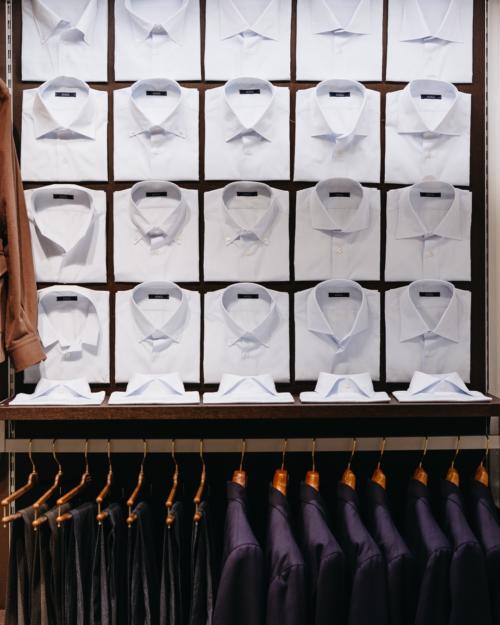
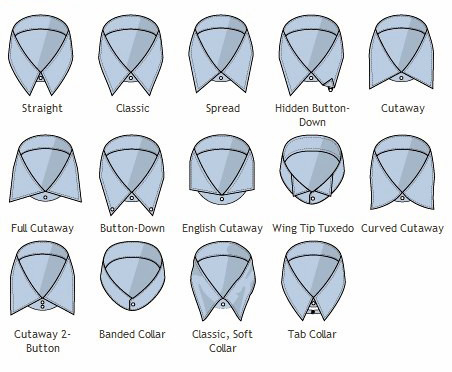
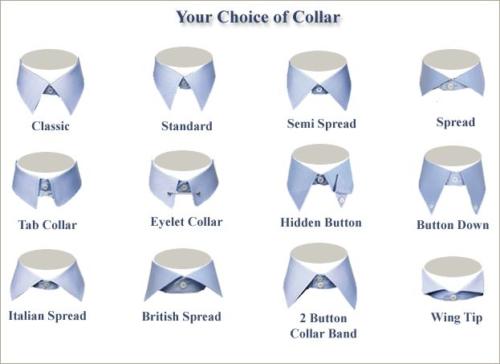
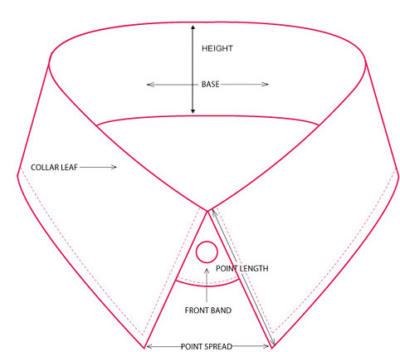
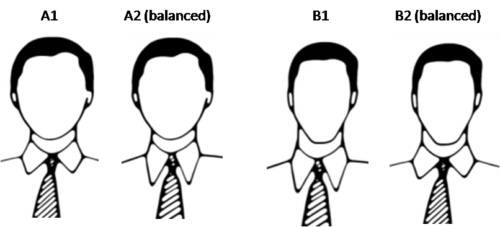
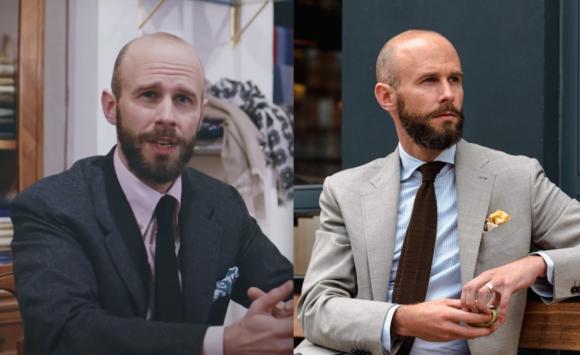
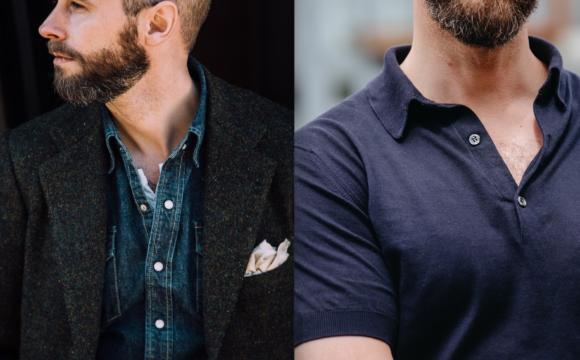
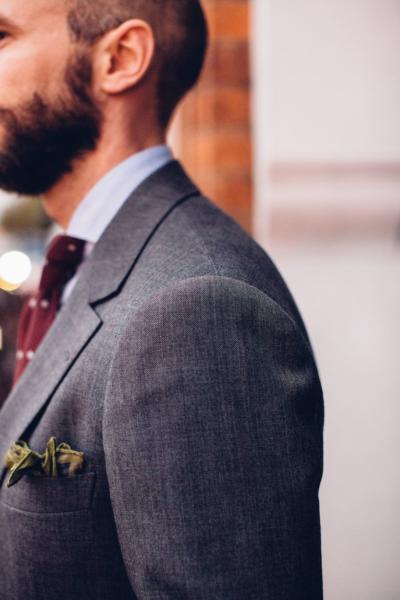
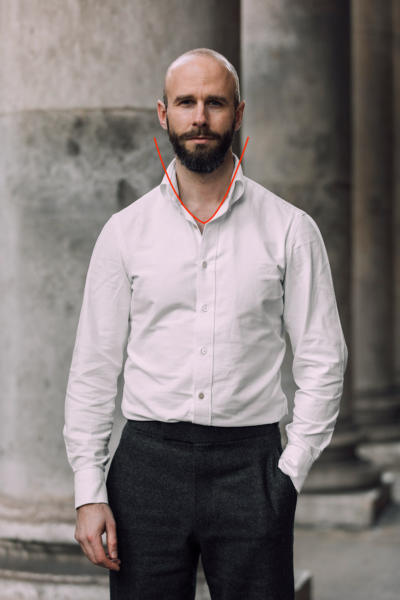
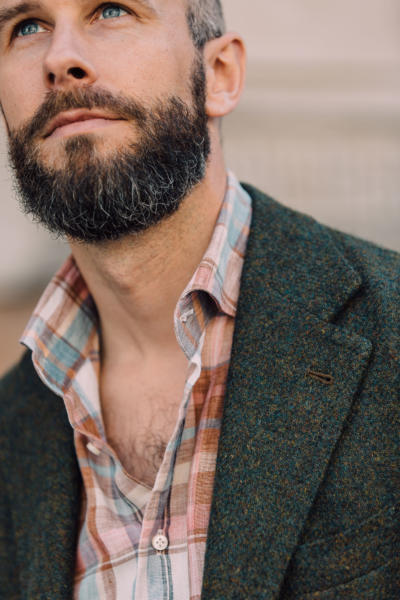
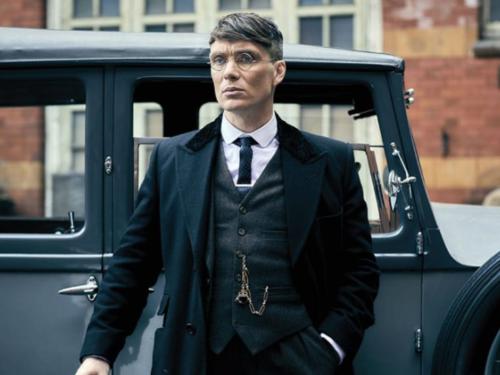
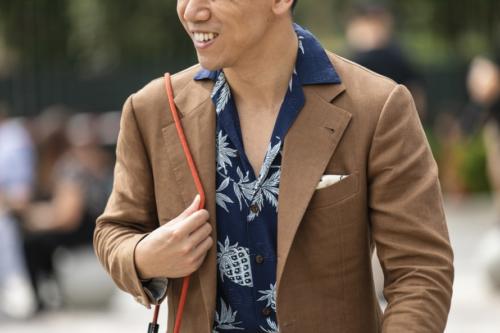
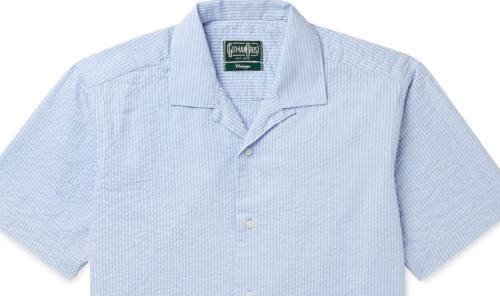
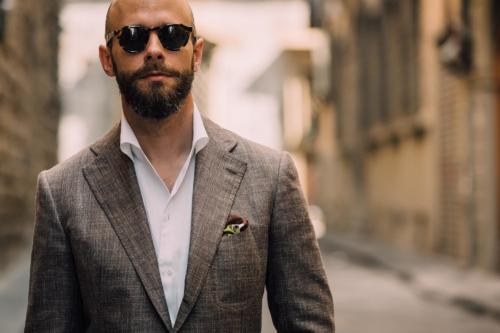
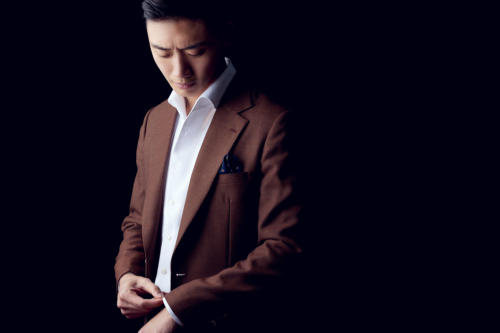
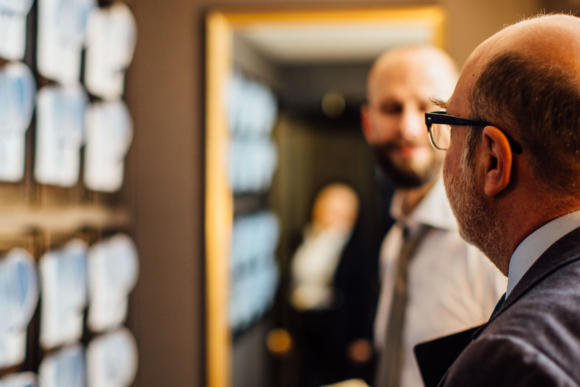
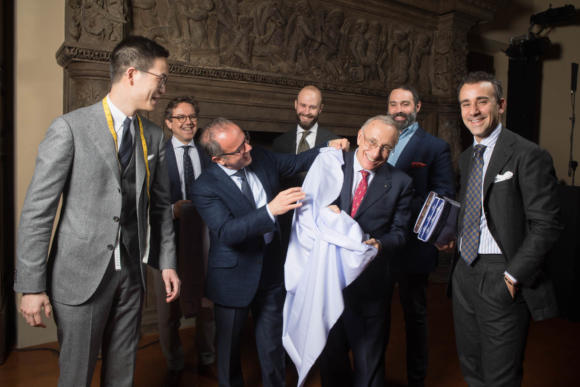

0 comments